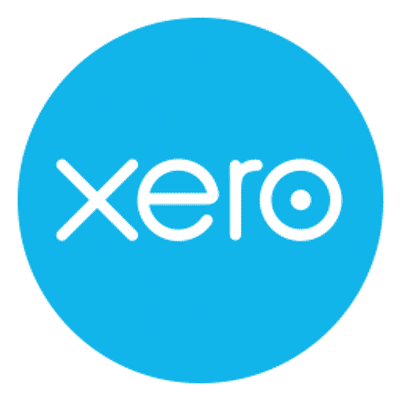Ari Retail POS is a Retail Software. Ari Retail POS offers Sales Tracking, Returns Management, Multi-Location, Gift Card Management, eCommerce and many more functionalities.
Some top alternatives to Ari Retail POS includes Retail Pro, GoFrugal POS Software, LivePOS, Visual Retail Plus and Lightspeed Retail.
No, Ari Retail POS doesn't provide API.
No, Ari Retail POS doesn't provide mobile app.
Ari Retail POS is located in Dubai, United Arab Emirates
Ari Retail POS offers Free Trial, Subscription pricing models
Yes, Ari Retail POS can integrate with Xero
The starting price of Ari Retail POS is $49/Month
















